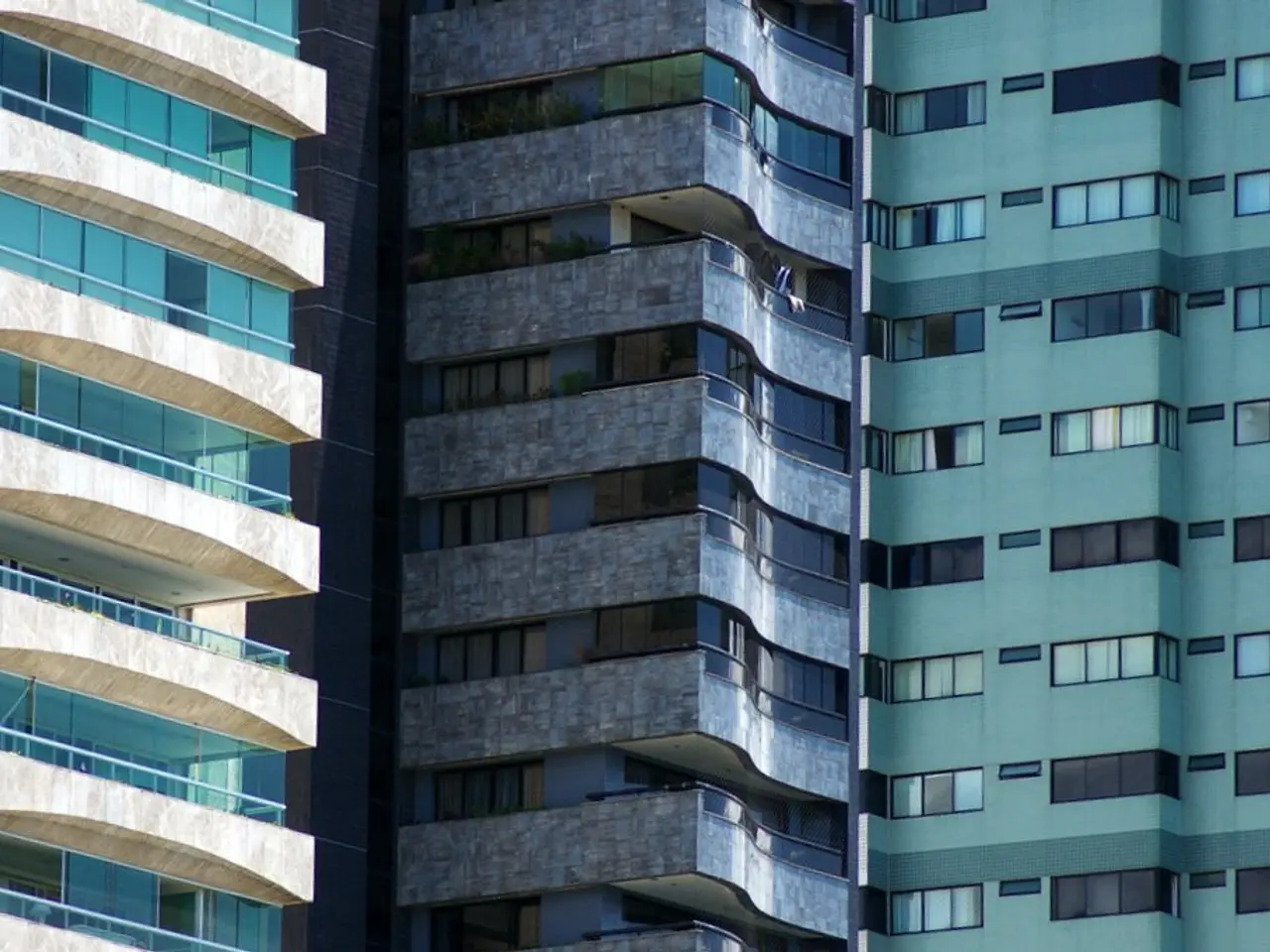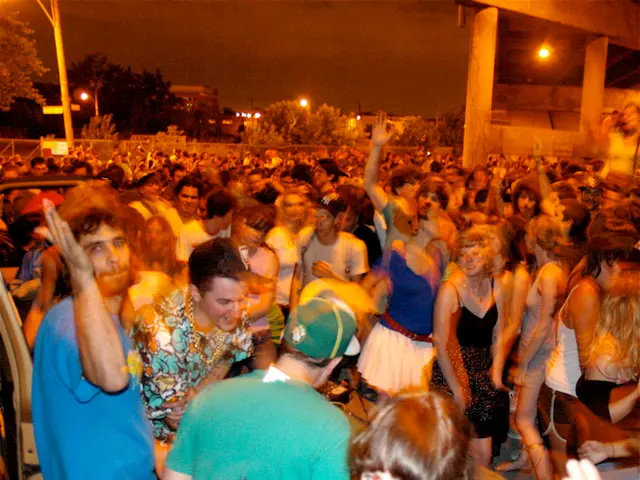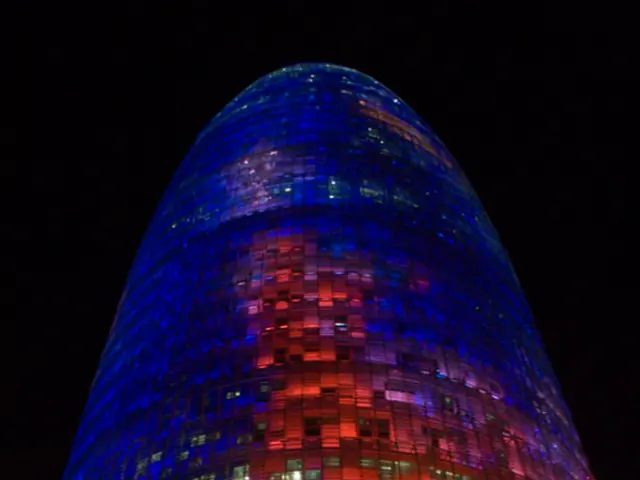Updating historical structures
On Thursday, July 10, at 6:30 PM, Fabian Brummer from Mießl GmbH architecture firm will deliver a lecture titled "Transforming Old Buildings into Energy-Efficient Modern Residences" at the Aichach Gymnasium. Hosted by the Wittelsbacher Land Modernization Alliance, the event aims to shed light on the practical implementation of modern energy technologies in building transformation.
During the lecture, Fabian Brummer will outline several key strategies for energy-efficient modernization of old buildings. These strategies, which balance technical efficiency, sustainability, and preservation, demonstrate a holistic approach to transforming old buildings into modern, energy-efficient homes.
One of the main strategies emphasized by Fabian Brummer is a comprehensive energy assessment. This involves conducting a detailed analysis of the existing building’s energy performance, identifying areas with the most significant heat loss or energy inefficiency, such as walls, windows, and roofs.
Another crucial aspect is upgrading the building envelope. This includes improving insulation in walls, roofs, and floors using modern, high-performance materials, and replacing or retrofitting windows with triple-glazed, airtight, and thermally broken frames to reduce heat loss and drafts.
Airtightness and ventilation are also essential factors in energy-efficient building modernization. Enhancing airtightness helps minimize uncontrolled air leakage, while installing balanced mechanical ventilation systems with heat recovery ensures indoor air quality and reduces heating demand.
Modern heating and cooling systems, such as heat pumps or biomass heating, are another focus of Fabian Brummer's strategies. Integrating smart heating controls and zoning helps optimize energy use according to occupancy patterns.
The use of sustainable materials in renovations is also vital, as is the integration of renewable energy sources like solar panels, solar thermal systems, or other renewable energy technologies where feasible. Building orientation and design should be utilized to maximize passive solar gain.
Preserving historical or architectural features while upgrading technical components is another key aspect of Fabian Brummer's strategies. Balancing energy efficiency improvements with aesthetic and cultural values is essential to achieving successful building modernization.
Holistic planning and collaboration are also crucial, as multidisciplinary teams including architects, engineers, and energy experts should be engaged to ensure cost-effectiveness and achieve ambitious energy targets.
Fabian Brummer's lecture is open to the public and is expected to attract a wide range of attendees interested in building modernization. The event promises to provide valuable insights into the practical implementation of modern energy technologies in building transformation, with the ultimate goal of making residential buildings more energy-efficient, achieving energy savings, and improving their environmental footprint.
Fabian Brummer's strategies for energy-efficient modernization of old buildings extend to home-improvement and home-and-garden aspects, such as upgrading the building envelope with modern insulation materials and triple-glazed, airtight, and thermally broken windows, and integrating renewable energy sources like solar panels in renovations. Additionally, preserving historical or architectural features and engaging multidisciplinary teams for holistic planning are key elements of his holistic approach, aiming to ensure both energy efficiency and aesthetic and cultural value in building transformation.




